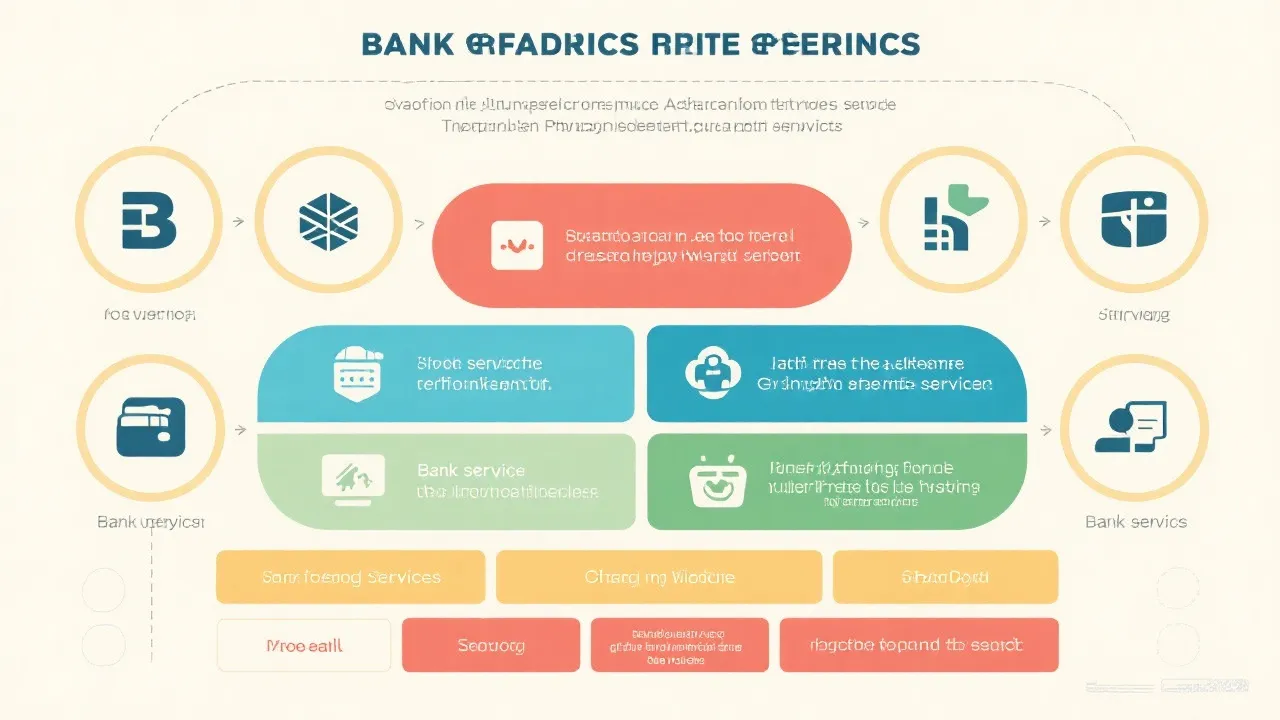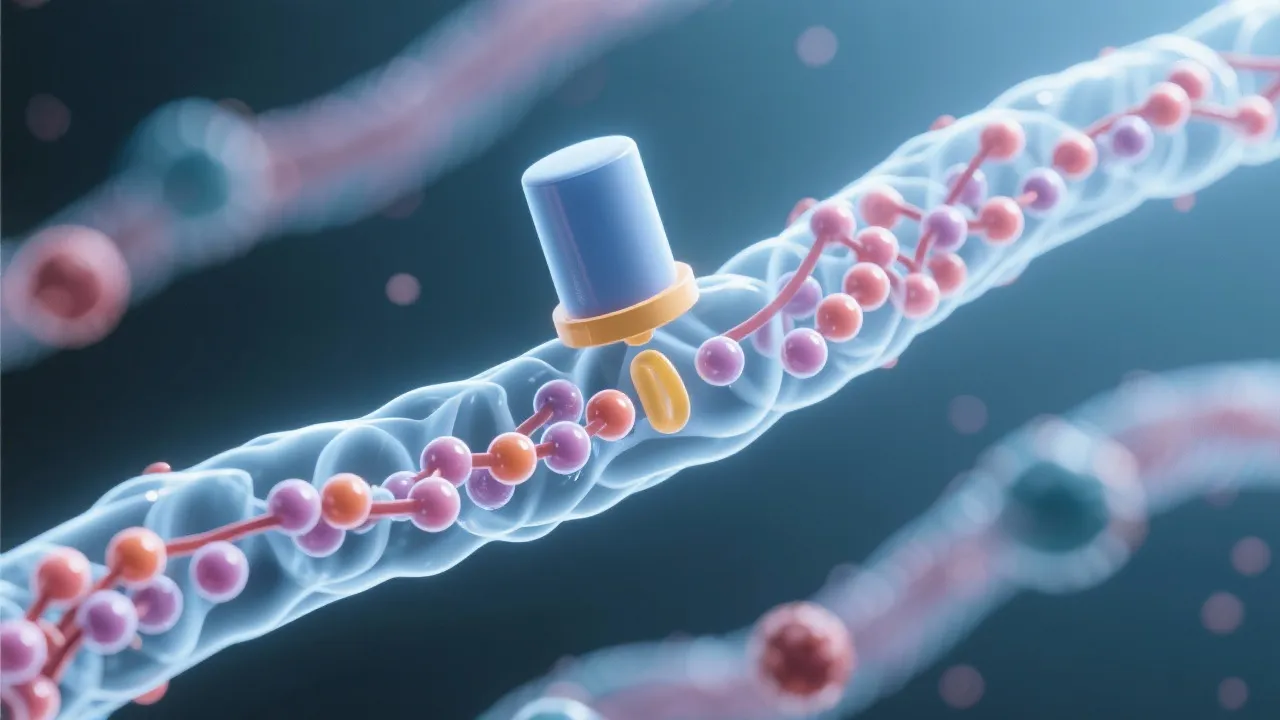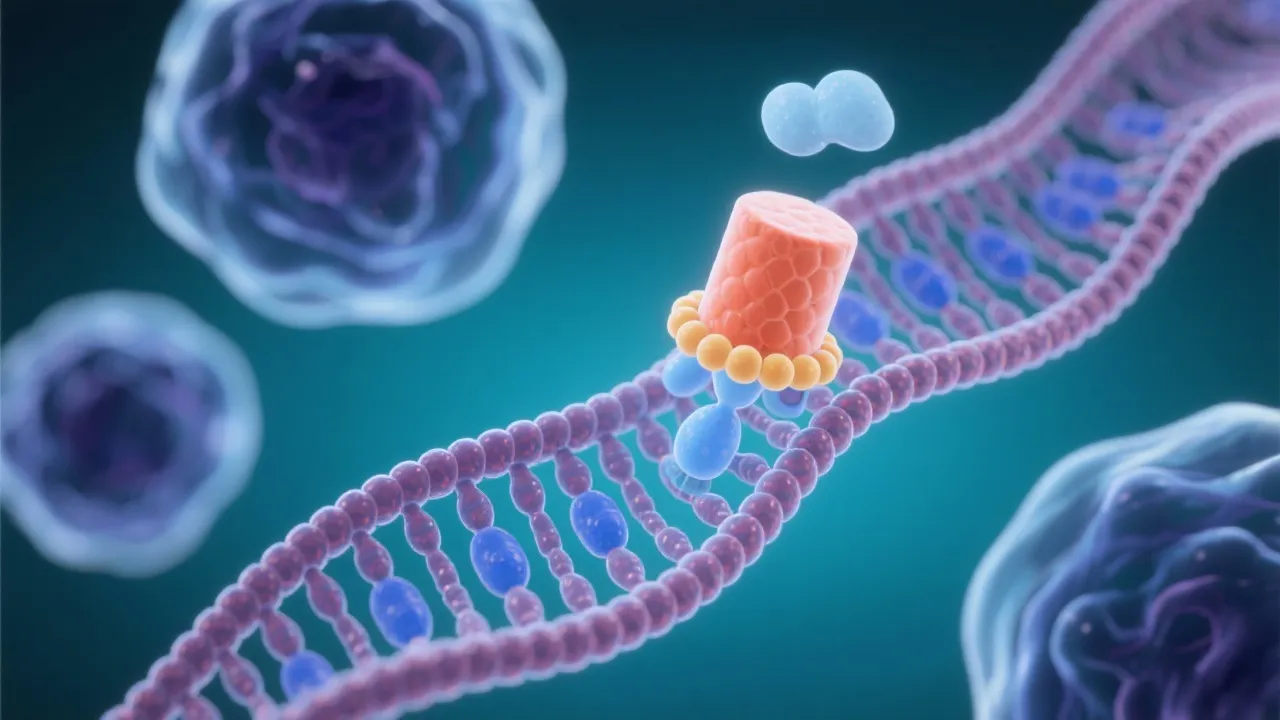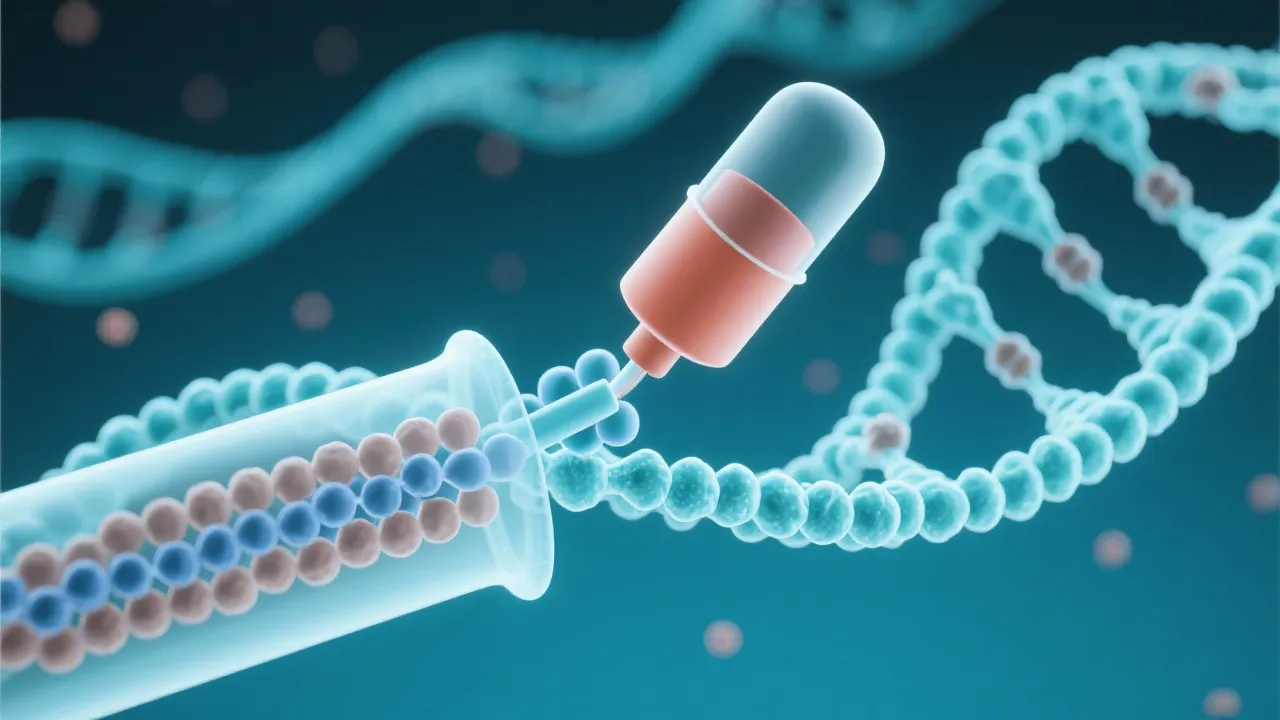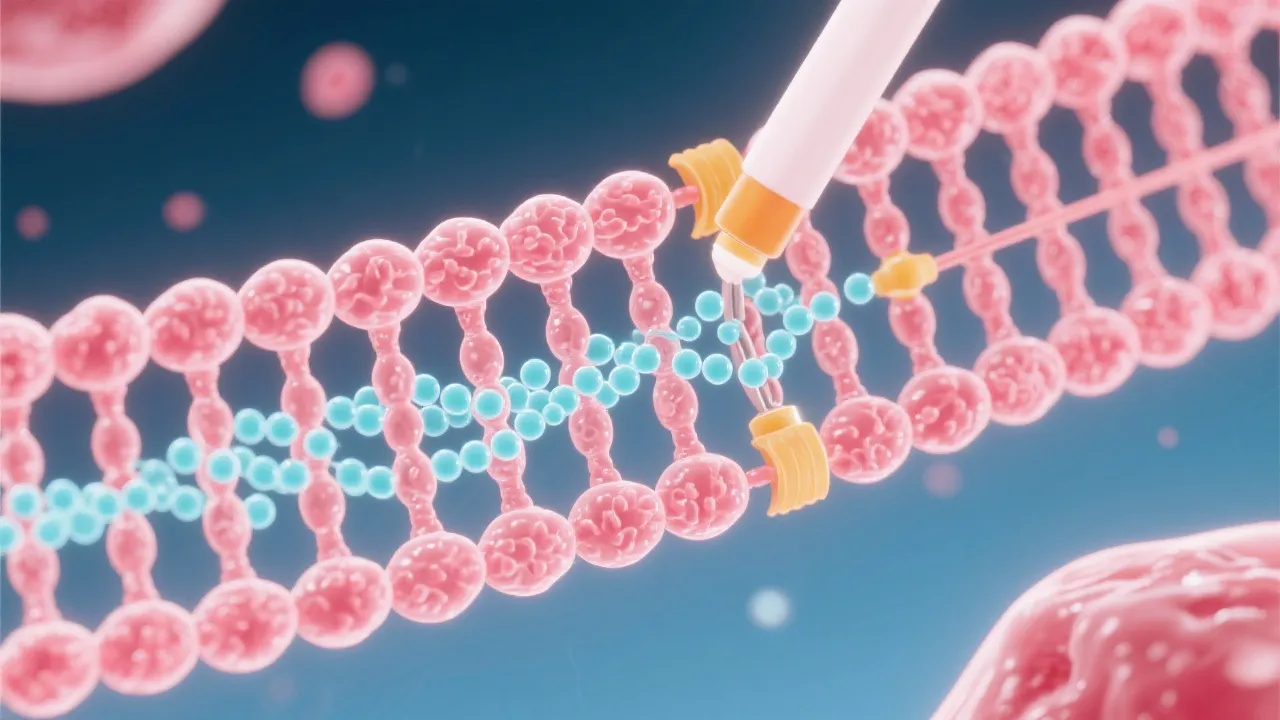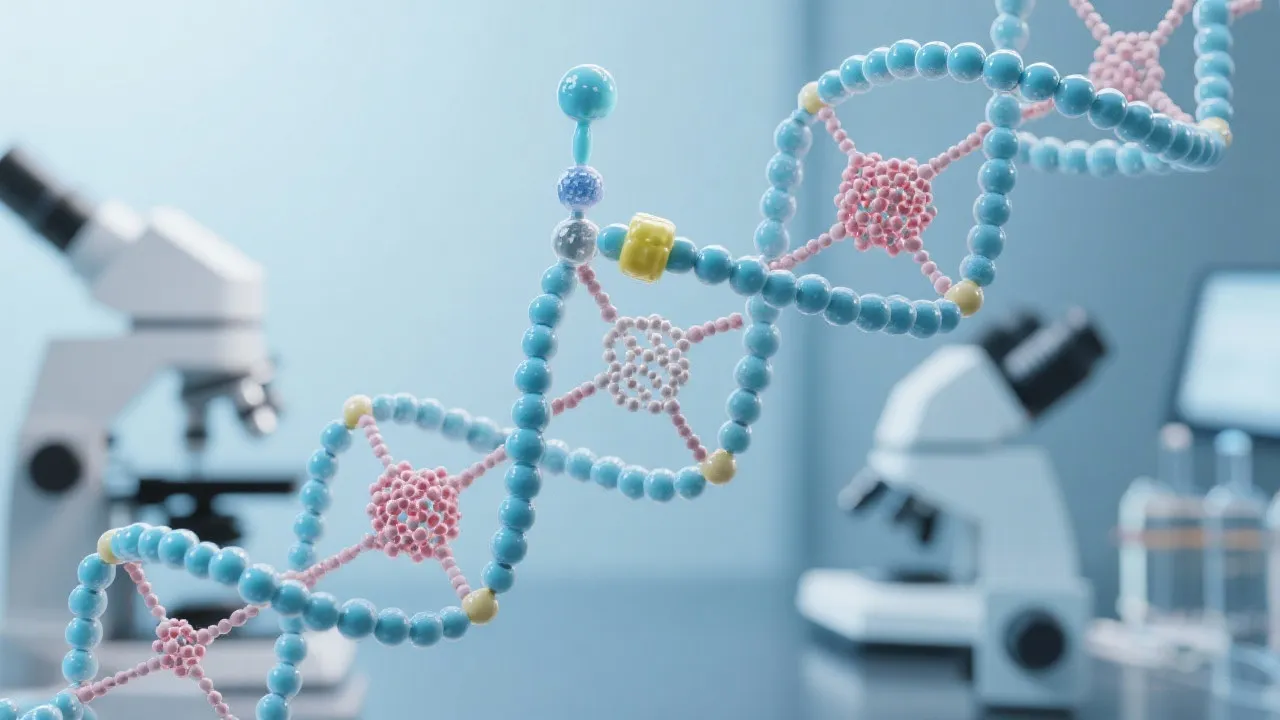Understanding mRNA Capping Mechanisms
This guide delves into the intricate process of mRNA capping, a crucial step in eukaryotic gene expression. mRNA capping involves the modification of the 5' end of mRNA transcripts, which is essential for mRNA stability, export from the nucleus, and efficient translation. This comprehensive analysis explores the biological significance and underlying mechanisms of this vital cellular process.
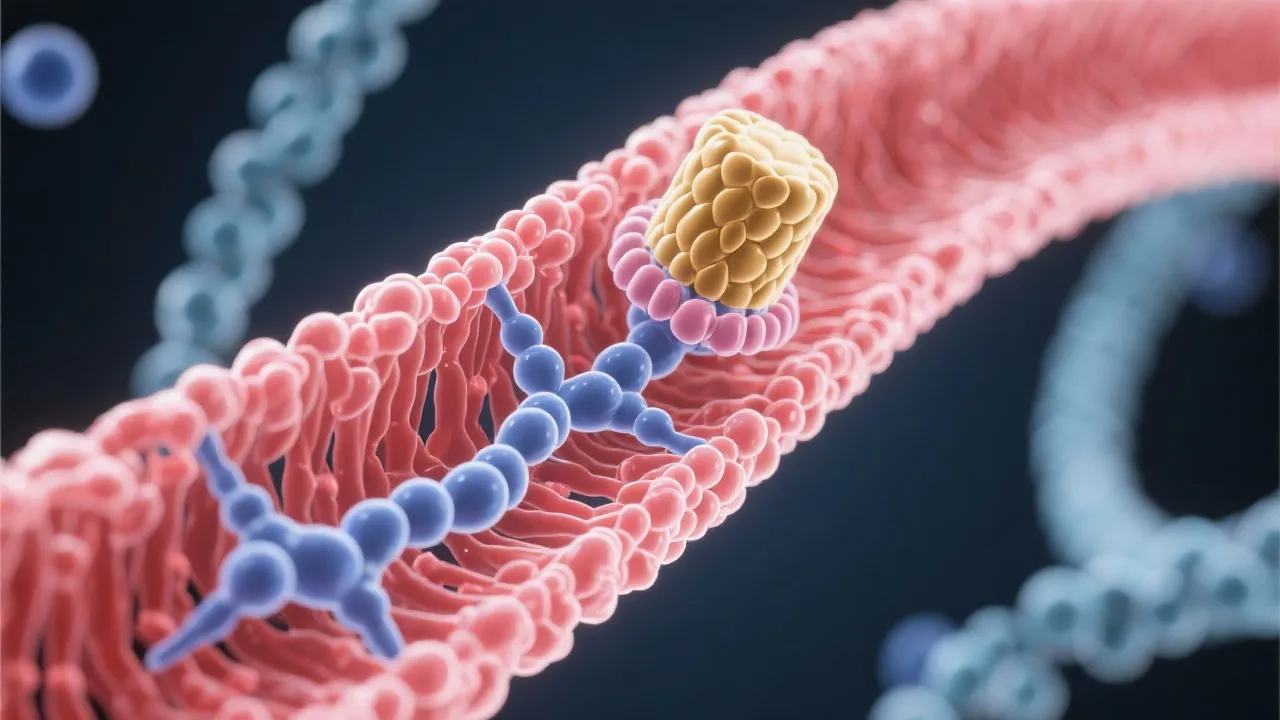
Introduction to mRNA Capping
The process of mRNA capping stands as a pivotal event in eukaryotic gene expression, marking the 5' end of mRNA transcripts with a distinct modification. This essential process contributes significantly to several aspects of mRNA functionality, providing stability to mRNA molecules, facilitating their export from the nucleus, and enhancing translation efficiency. The addition of the cap structure acts not only as a protective measure but also as an important signal for the cellular machinery involved in gene expression. Understanding the intricacies of mRNA capping is critical for discerning how cells regulate gene expression, impacting various fields from molecular biology and gene therapy to biotechnology and vaccine development. As researchers continue to uncover the complexity of this process, the implications for health and disease are becoming increasingly profound, making it a standout area of investigation.
The Role of the Cap Structure
The 5' cap structure of mRNA consists of a modified guanine nucleotide added via a triphosphate bridge, embodying a highly complex and functional molecular architecture. This cap, termed 7-methylguanylate (m7G), engages in a 5'-5' triphosphate linkage with the mRNA, creating a stable and unique feature of eukaryotic transcripts. Its specific chemical makeup distinguishes eukaryotic mRNA from uncapped viral RNAs and other less stable RNA species, effectively protecting mRNA molecules from exonuclease degradation. This protective cap not only inhibits the action of cellular nucleases but also assists in the recognition of mRNA by ribosomes during the initiation of translation. It has been demonstrated that the absence of a cap can severely impact the rate of translation, underscoring the criticality of this structural feature. The cap's presence is also associated with the recruitment of various proteins involved in mRNA processing, translation, and turnover—further emphasizing the cap as a central player in the life cycle of mRNA.
The mRNA Capping Process
The mRNA capping process initiates almost immediately after the onset of transcription by RNA polymerase II, showcasing the coordinated nature of eukaryotic gene expression. This process involves three main enzymatic activities:
- RNA Triphosphatase: The first step involves the enzymatic activity of a triphosphatase, which removes the terminal phosphate group from the nascent RNA molecule. This removal is crucial as it creates a suitable substrate that can be modified further.
- Guanylyltransferase: Next, a guanylyltransferase enzyme catalyzes the addition of guanosine monophosphate (GMP) to the 5' end of the RNA molecule, forming a unique 5'-5' triphosphate linkage. This step is essential for the integrity and functionality of the mRNA cap.
- Methyltransferase: Finally, a methyltransferase enzyme methylates the guanine at the N7 position. This methylation step is significant as it enhances the stability of the cap and promotes interactions with cap-binding proteins.
Significance of mRNA Capping in Gene Regulation
mRNA capping serves as a multifaceted regulatory check-point in gene expression that goes well beyond mere protection. The canonical view of mRNA capping emphasizes its role in safeguarding the RNA transcript against degradation, but recent discoveries highlight its importance in regulating fundamental processes such as splicing, nuclear export, and translation initiation. The cap-binding complex (CBC), which interacts with the mRNA cap, plays a crucial role in mediating these processes. The CBC's engagement with the cap structure facilitates the recruitment of spliceosomal components essential for the splicing of introns, thereby influencing the maturation of mRNA.
Moreover, the eukaryotic initiation factor 4E (eIF4E), which specifically binds to the mRNA cap structure, is vital for initiating the ribosome scanning required for translation. This interaction is pivotal in controlling translation efficiency and is a point of regulation that can be affected under various cellular conditions. The cap not only provides a platform for these factors but also serves as a signal that can modulate gene expression in response to cellular stress, growth signals, and developmental cues. Understanding these regulatory roles paves the way for exploring how aberrations in capping can contribute to diseases, including cancer and neurodegenerative disorders.
Implications for Biotechnological Applications
The understanding of mRNA capping is crucial for advancing mRNA-based biotechnologies, especially in the realms of vaccine development and therapeutic applications. The emergence of mRNA therapies, particularly during the COVID-19 pandemic, underlines the significance of capped mRNAs for optimal performance. Synthetic mRNAs that are accurately capped are essential for ensuring proper expression in therapeutic applications, as they confer enhanced stability and translational efficiency. By leveraging our knowledge of mRNA capping mechanisms, scientists can design more effective and stable mRNA constructs tailored for therapeutic uses in the treatment of diseases ranging from genetic disorders to cancers. Furthermore, the development of mRNA vaccines has marked a revolutionary shift in immunization strategies, highlighting how insights into basic molecular mechanisms can translate into groundbreaking public health interventions.
In addition to vaccine development, the pharmaceutical industry increasingly seeks to exploit mRNA technology for protein replacement therapies and gene editing applications. Capped mRNAs serve as a platform not only for the production of therapeutic proteins but also for harnessing the power of CRISPR-Cas systems. The ability to stably express genes or gene editing tools, facilitated by effective capping, presents exciting opportunities to treat various genetic diseases. As researchers continue to explore innovative applications, understanding mRNA capping deepens our capability to manipulate gene expression with high precision.
Recent Advances in mRNA Capping Research
Recent studies have not only further elucidated the core mechanisms of mRNA capping but have also revealed novel regulatory roles that extend far beyond stability and translation. The advent of advanced sequencing technologies has uncovered considerable variability in cap structures among different mRNA species, influencing gene expression patterns in ways that were previously unappreciated. This variability in capping may reflect the adaptability of cellular responses to different environmental conditions or developmental stages, highlighting a more nuanced understanding of post-transcriptional regulation.
In addition, researchers are exploring how aberrant capping can affect disease progression. For instance, certain cancers and neurodegenerative disorders have been associated with dysfunctional capping mechanisms. Investigating the impact of defective capping on RNA decay pathways and translation efficiency has opened new avenues for clinical interventions targeting cap-related anomalies. The identification of small molecules that can modulate capping factors or cap-binding interactions may hold promise for therapeutic development, potentially providing new strategies to counteract disease mechanisms linked to mRNA mis-regulation.
Comparative Analysis of mRNA Capping Enzymes
| Enzyme | Function |
|---|---|
| RNA Triphosphatase | Removes the terminal phosphate from pre-mRNA, setting the stage for guanylyltransferase action. |
| Guanylyltransferase | Adds GMP moiety to the 5' end of RNA via a unique 5'-5' triphosphate linkage, crucial for capping. |
| Methyltransferase | Methylates the guanine cap at the N7 position, enhancing stability and recognition by translation machinery. |
| Cap 2'-O-methyltransferase | Methylates the ribose of the first nucleotide adjacent to the cap, providing added stability against degradation. |
| Decapping enzymes (Dcp2, Dcp1) | Remove the cap from mRNA during decay, highlighting the dynamic regulation of mRNA stability. |
FAQs
- Why is mRNA capping important?
mRNA capping is crucial for mRNA stability, nuclear export, and efficient translation initiation. It serves to shield the mRNA from degradation and enhances interactions with translation initiation factors. - How does mRNA capping affect gene expression?
It regulates splicing, export, and translational initiation, thus impacting gene expression levels. Proper capping is essential for the maturation and functional competency of the mRNA. - What breakthroughs have recent studies on mRNA capping uncovered?
New roles in gene regulation and disease have been identified, along with variations in cap structures affecting gene expression patterns. Insights into novel regulatory mechanisms are being discovered continuously. - Can mRNA capping mechanisms be used in vaccine development?
Yes, synthetic mRNA vaccines utilize capped mRNAs for improved stability and expression, showcasing the practical application of capping in therapeutic innovations. - Are there examples of diseases linked to capping defects?
Research has indicated that certain cancers and neurodegenerative diseases may be correlated with improper capping or defects in capping enzymes, leading to abnormal gene expression.
Conclusion
In summary, mRNA capping is an integral process in the post-transcriptional regulation of gene expression. By comprehending the intricacies of this process, scientists stand to develop innovative solutions across various disciplines within medicine and biotechnology. The continued pursuit of research into mRNA capping not only promises to unlock new therapeutic potentials but also enhances our overall comprehension of cellular biology and the complex regulatory networks that govern gene expression. As we push forward into the next frontier of molecular biology, the role of mRNA capping will undoubtedly be a critical factor shaping future discoveries and biotechnological advancements.


